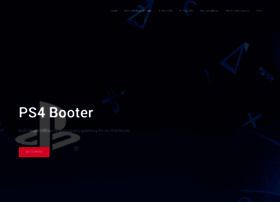

You can get good results using the following two-stage process:Įvening out the loud and soft portions of the audioĪudacity has a great built-in noise reduction tool. It also helps you identify the portions of the file that need to be cleaned up. This gives you an idea of the quality of the recording, and helps you plan how to edit the file. Listen to some or all of the audio before editing the file. The longer portions of the waveform are louder than the shorter portions. Notice that the audio is represented by a set of densely packed vertical lines called a waveform. Here's what raw audio looks like in Audacity: Find the audio file that you want to clean up and then click OK. In Audacity, select File > Import > Audio. When used in conjunction with software like Audacity, LAME enables the software to import and export MP3 files that are of a high quality. You can add that support by downloading and installing an open source audio encoder called LAME. Audacity doesn't have built-in support for MP3s. Since MP3 is arguably the dominant digital audio format, chances are you'll be working with MP3 files almost exclusively. If you don't have a copy of Audacity installed, download it or install it using your distribution’s package manager. The results will, however, be more than adequate for most purposes. After using Audacity to work on your audio files you shouldn't expect the quality of audio you get from a store-bought CD or a high-quality digital download. There's a lot Audacity can do, but there's just as much that it can't do. While Audacity is powerful and fairly easy to use, it's not quite a professional-level tool. Enter AudacityĪudacity is an open source sound recorder and editor that enables you to record, modify, and export audio files. The techniques work equally well with the Windows and Mac OS versions of the software, too. In this article, I look at how to clean up digital audio using the Linux version of Audacity. And while it's difficult to eliminate all of the noise from a digital audio recording, it is possible to clean the file up so that the noise tolerable.Ī great way to do that is with Audacity. No matter what the source is, that noise is distracting. This could be hissing or background noise like the sound of the wind or a loud air conditioning unit, or even someone inadvertently breathing into a microphone. This is especially true with voice recordings and audio that was converted to a digital format from a cassette tape or a vinyl record. When you're dealing with audio files, you'll run into a few problems every so soften. Running Kubernetes on your Raspberry Pi.A practical guide to home automation using open source tools.6 open source tools for staying organized.



 0 kommentar(er)
0 kommentar(er)
